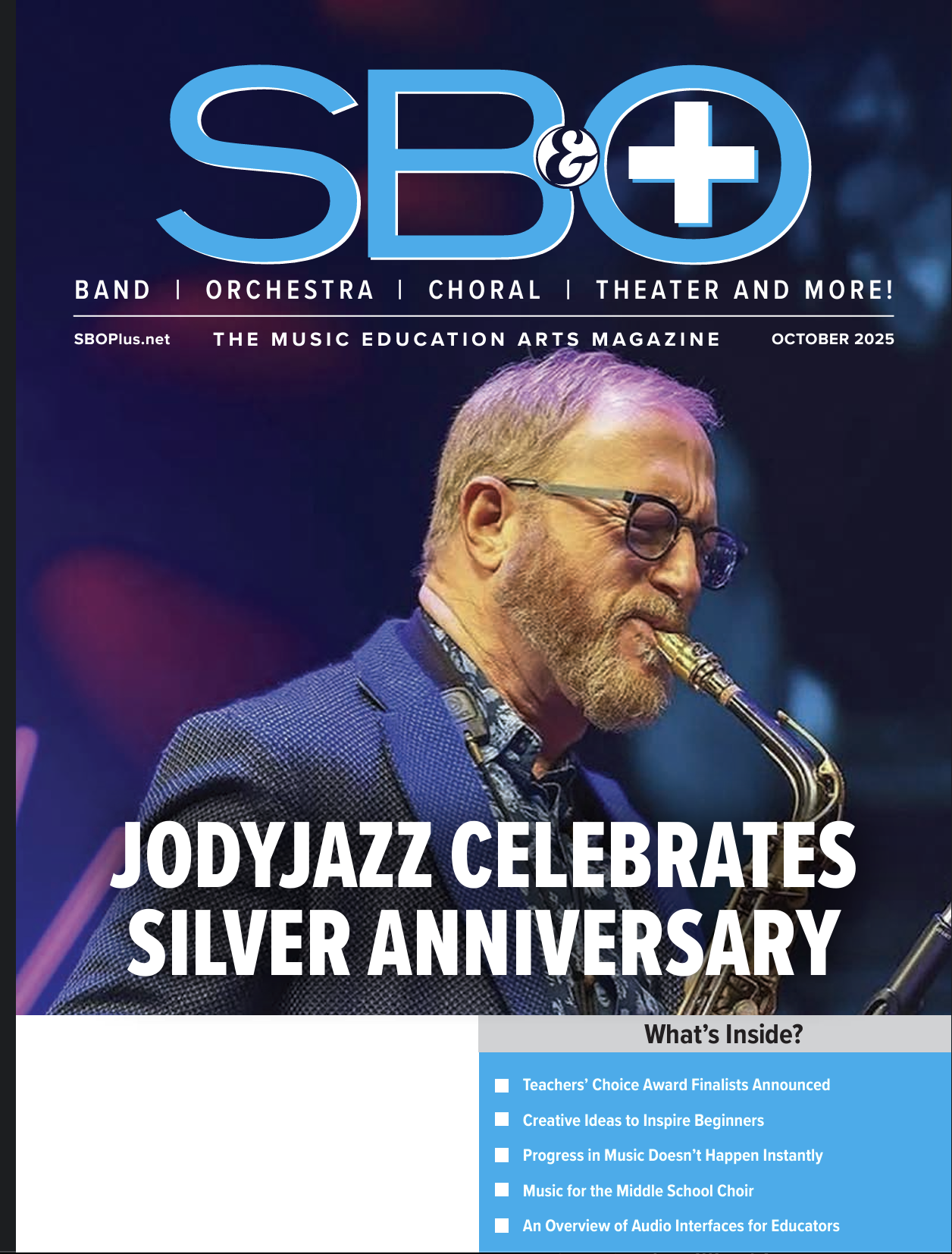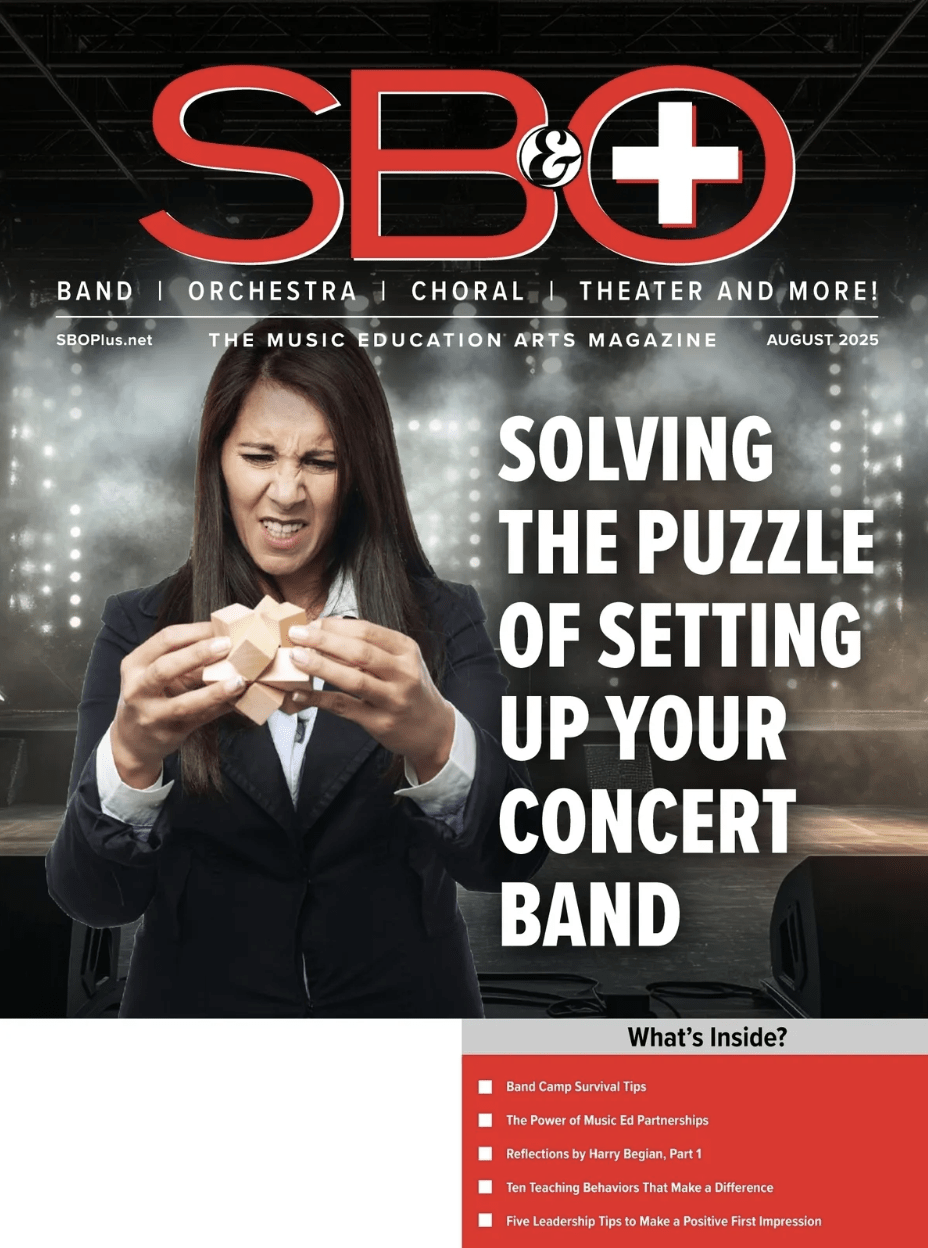When I work with young choirs, I like to do what I can to advance their knowledge and understanding of the basics of major scale nomenclature, harmonic identity and functions in diatonic progressions. As fancy as that sounds, I think all that stuff can be taught experientially in the context of rehearsals. The various naming schemes used to identify scale degrees, diatonic triads and their functions can be absorbed in the midst of a few singing adventures that also build an intuitive understanding of the logic and color of effective progressions. This is knowledge that results in singers whose phrasing and dynamics more easily reflect their understanding of the underlying theory portrayed in the composer’s storytelling.
In order to explore the world of harmony and function found in the major scale, I enjoy using a “mashup sheet”. This one-page layout presents many of the various combinations of names and usage in a way that invites engagement and excitement as this otherwise dry information is absorbed.
Notice that on the sheet there are seven measures, one for each scale degree. Also, three staves define various aspects of our adventure. The top stave has chord symbols and lyrics defining the diatonic triads. The middle stave sings through the scale degrees, with “Nashville” numbers on top. The bottom stave defines the function of each diatonic triad, with the bass note used as the foundation that defines the function of each chord.
Here’s an example of how I use this mashup with a choir. We sing through each line several times to establish accuracy, and to understand the concept of what we’re singing. It’s good to have a keyboard playing the indicated chords or notes as needed so the singers hear a more complete picture of each line. The goal here is not to recite, but to explore. I’ll have the singers parse lines one and three by singing various orders: measures one and two repeated, seven and one connected and repeated, only the odd measures, forwards and backwards, etc. This gradually connects the sounds with the names and prepares the singers for more adventures as we do multiple lines together.
Now for the next level of fun: I have the tenors and baritones sing the second line as the sopranos and altos sing the third line. The keyboard player would play the chords of line two with the bass note of line three. Then I’ll have the singers switch lines. It seems so simple, but while the singers are listening to themselves and each other they are absorbing and using a lot of important information and start building a knowledge base of music theory that will be of great use to them in the future. This mashup page is designed so that a two-line rendition can be explored in all its permutations, 1&2, 1&3, etc., showing the singers how the many different names and colors of the major diatonic universe combine.
The pinnacle adventure is to have the singers help figure out how to achieve all three lines together, in various combinations. By now they’ve memorized the names, function and nature of major scale diatonic harmony, which will put smiles on the faces of many college teachers of music theory when the time comes. For now, it can be a fine musical mashup adventure. Have fun mashing it up in your own way!

















 Jody Espina, the founder and president of
Jody Espina, the founder and president of 








